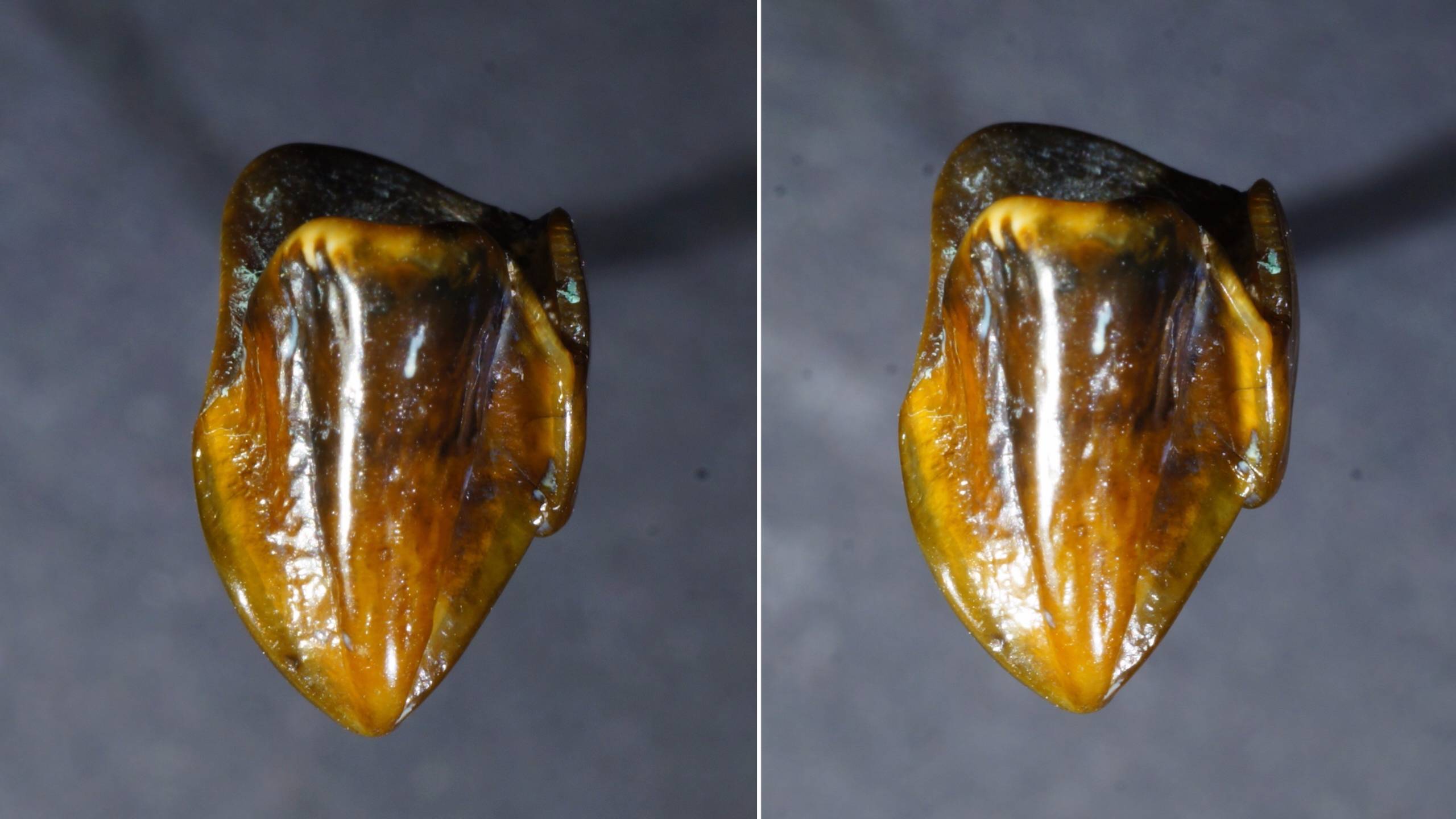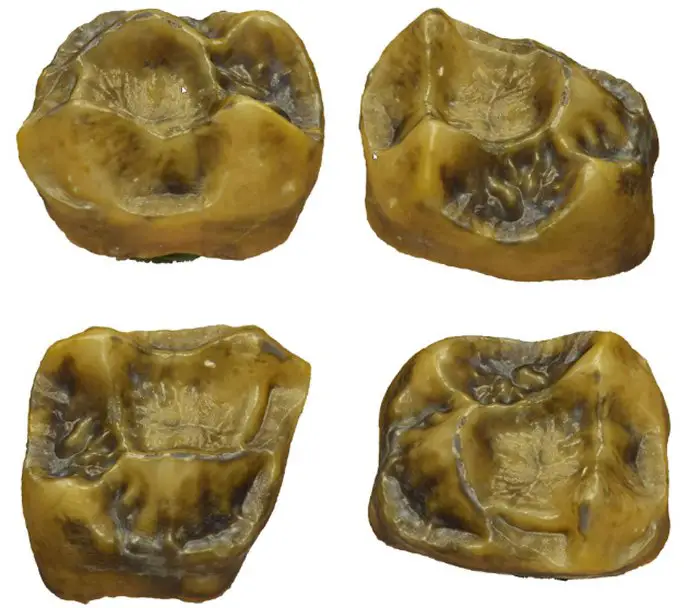How far back does the human race stretch? When and where did modern humans first show up? These are queries that researchers still discuss and every time we feel we have the answers, new discoveries compel us to rethink what actually occurred in the past.

Archaeologists in Germany have unearthed two fossilized teeth belonging to a previously unidentified species of Hominoid, which could potentially disrupt the theories that researchers have held onto for many years.
The crowns of an upper left canine and an upper right first molar are both in remarkable condition and are evidently from the same person, though the sex is unidentified.
Eppelsheim, a town in Germany, is the site of a significant archaeological discovery, with a history stretching back approximately 9.7 million years. This find was located in the former bed of the powerful Rhine River.
The remains are of great importance because, if they are comparable to those of hominin forebears that lived around three million years ago in East Africa, the fact that they are found in Germany several millions of years earlier is a mystery that cannot be explained with the current scientific understanding of early human ancestry.
Herbert Lutz, the director of the Mainz Natural History Museum and lead investigator, remarked that the occurrence was “a great mystery as well as a remarkable stroke of luck”. These teeth are unmistakably those of an ape. Their features are reminiscent of African discoveries which are four to five million years newer than the fossils unearthed in Eppelsheim.

Evidence from fossils discovered in East Africa has been largely in favor of the notion that human ancestry began in that area before dispersing to other parts of the world. These fossils, as well, have indicated a more advanced pre-human species emanating from that single source.
German researchers were astounded to find the remains of an ancient human precursor that was approximately 10 million years old, even though Germany is located thousands of miles away. Such an incredible discovery required a full year of research and confirmation before the results were officially published.
Researchers opine that more research is necessary, however, at this time, it is imperative to emphasize that all prior knowledge about the dispersal of primitive humans throughout the world was incorrect.



